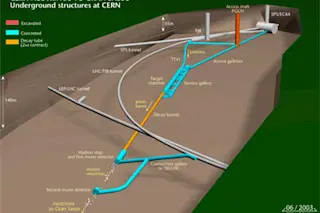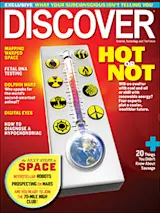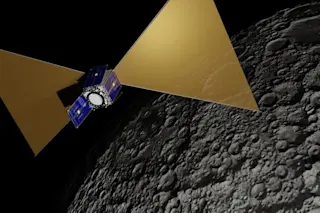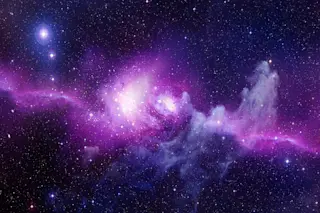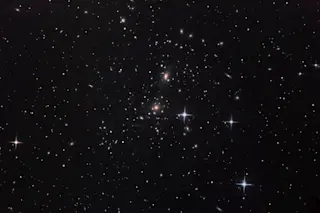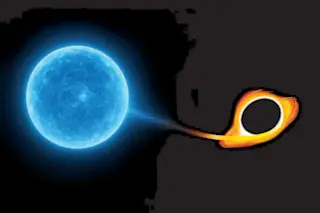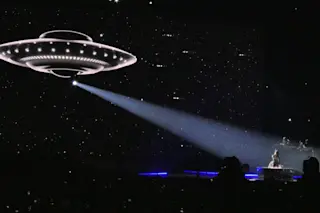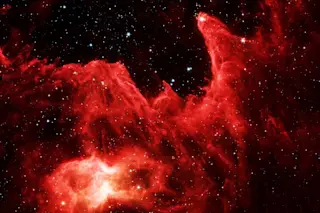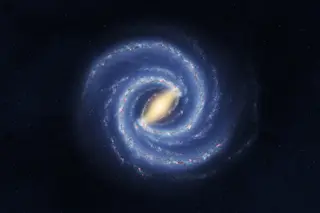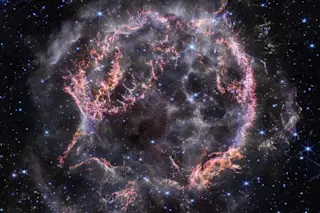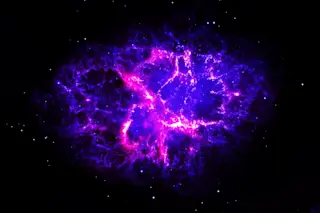By now you’ve probably heard the widely reported news about the possible discovery of neutrinos that allegedly travel faster than light. The OPERA (Oscillation Project with Emulsion tRacking Apparatus) collaboration of almost 200 scientists working at the Gran Sasso underground laboratory in central Italy has discovered a phenomenon the physicists could simply not explain. For over three years, the scientists have been collecting data on the flight of neutrinos—those mysterious, nearly massless particles that can travel through anything at immense speed—originating in the SPS accelerator at CERN, near Geneva, and traveling underground all the way to Gran Sasso, 731 kilometers (about 450 miles) away. The experiment showed that the 16,000 neutrinos measured at Gran Sasso had traveled there through Earth’s crust at faster than light speed.
Facing a crowded lecture hall at CERN last Friday, Dario Autiero of the OPERA group explained how the researchers went to great lengths to ...


